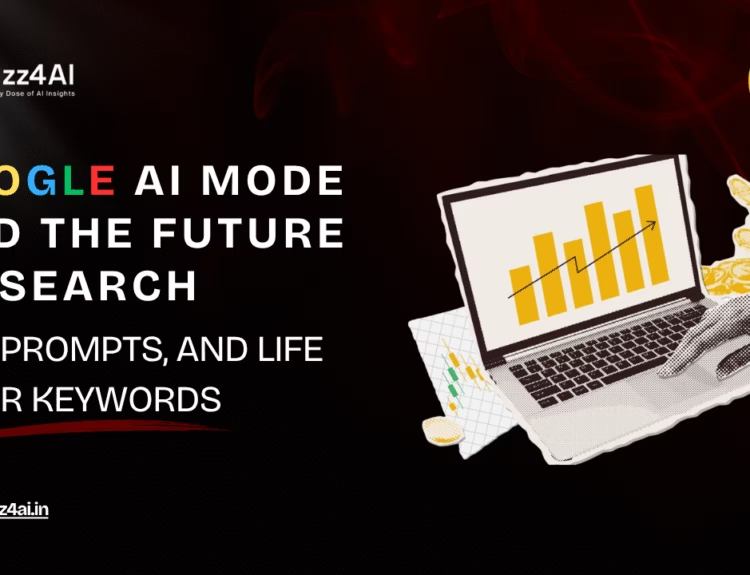Sarvam AI Introduces Sarvam-M, a large language model (LLM) boasting 24 billion parameters. This open-weight model is fine-tuned with a special focus on Indian languages and advanced reasoning capabilities. As India intensifies its efforts to create sovereign AI systems tailored to its linguistic and societal diversity, Sarvam-M marks a pivotal development in that direction.
 Image Credit : Sarvam AI
Image Credit : Sarvam AI
The LLM is a 24-billion-parameter open-weights hybrid language model built on top of Mistral Small. Sarvam-M has reportedly achieved new standards in mathematics, programming tasks, and even Indian language understanding. According to the company, the model has been designed for a broad range of applications.
What is Sarvam-M.?
Sarvam, the startup selected for building India’s foundational LLM under the IndiaAI Mission, has unveiled Sarvam-M, a 24-billion parameter open-weights hybrid language model built on top of Mistral Small.
The model sets new benchmarks in Indian language understanding, mathematics, and programming tasks for its size.
Conversational AI, machine translation, and educational tools are some of the notable use cases of Sarvam-M. The open-source model is capable of performing reasoning tasks like math and programming. According to the official blog post, the model has been enhanced through a three-step process – Supervised Fine-Tuning (SFT), Reinforcement Learning with Verifiable Rewards (RLVR), and Inference Optimisations.
Sarvam-M Performance: Optimized for Indian Languages and Complex Reasoning
What sets Sarvam-M performance apart is its deliberate optimization for multilingual proficiency across Indian languages. Unlike many globally trained models that struggle with the nuance and complexity of Indian scripts, Sarvam-M has been fine-tuned to handle major Indian languages like Hindi, Tamil, Bengali, Telugu, and others. This makes it a valuable tool not just for researchers and developers but also for public-facing applications like chatbots, language translation, government services, and more.
The model sets new benchmarks in Indian language understanding, mathematics, and programming tasks for its size.
Designed for broad application, Sarvam-M is optimised to power use cases such as conversational AI, machine translation, and educational tools. It is now accessible through the Sarvam API.
In a technical blog accompanying the launch, the team detailed their approach to fine-tuning, reinforcement learning, and deployment optimisation. The model is heavily focused on coding and maths.
Image Credit : Sarvam AI
“We found the base Mistral Small model could be significantly improved in Indian languages,” reads the paper behind the reason for choosing Mistral Small.
Sarvam chose to generate approximately one-third of the training samples in Indic languages. Specifically, 30% of the coding, math, and reasoning prompts—and 50% of the remaining prompts—were translated into Indian languages.
A Sovereign Step Forward: How Does It Fit into India’s AI Plans?
India has repeatedly emphasized the need for sovereign AI infrastructure—both in policy and execution. With initiatives such as the IndiaAI mission and the recently announced ₹10,000 crore ($1.2 billion) budget allocation for AI development, the nation is making its ambitions clear. But for such visions to materialize, foundational AI models need to be built by Indian entities, trained on Indian data, and optimized for Indian use cases.
This is where Sarvam-M fits in perfectly. By creating an open-weight model focused on regional requirements, Sarvam AI introduces Sarvam-M as a cornerstone for AI innovation in India. The model can be integrated into local applications, public services, education, and health sectors, helping bridge the digital divide across the country.
Additionally, the open nature of the model ensures transparency and auditability—key principles that align with India’s call for trustworthy AI. Researchers, startups, and public agencies can use the model freely, modify it, or build upon it, fueling collaborative innovation.
How to Download Sarvam-M?
If you’re wondering how to download Sarvam-M, the model is freely available on Hugging Face for public use. Sarvam AI has released Sarvam-M under an open license, making it accessible to researchers, developers, and organizations working on Indian language models and reasoning tasks.
To get started, simply visit the Sarvam-M model page on Hugging Face. You’ll need a Hugging Face account to accept the terms of use and download the model files. With support for standard libraries like transformers, Sarvam-M can be quickly integrated into existing workflows, making it easy for anyone exploring India’s AI future to experiment and innovate.
Open-Source, Scalable, and Developer-Friendly
Sarvam-M isn’t just a black-box LLM. It’s an open-weight model, meaning developers have full access to its architecture and training methods. The model was trained using a unique mix of proprietary Indian datasets, synthetic reasoning datasets, and high-quality public corpora. Sarvam AI has also published tools for developers to easily fine-tune Sarvam-M on their own datasets or deploy it at scale using Hugging Face, ONNX, and other frameworks.
To support scaling across real-world use cases, Sarvam AI provides efficient inference pipelines and quantized versions of Sarvam-M. This allows for high-performance deployment even on edge devices and low-latency cloud setups.
For developers and AI enthusiasts interested in exploring the model, the code and weights are available on Hugging Face:
🔗 Sarvam-M on Hugging Face
For more technical insights into training methods and benchmarks:
🔗 Sarvam AI’s GitHub Repository
Final Thoughts: A Bold Vision for Indian-Centric AI
In conclusion, Sarvam AI introduces Sarvam-M not merely as another large language model but as a purpose-built engine to power India’s next phase of digital transformation. With a sharp focus on Sarvam-M performance, multilingual understanding, and advanced reasoning and multitask performance, the model is uniquely positioned to serve India’s AI goals.
The release of Sarvam-M also raises important questions and possibilities about the future of sovereign AI development across emerging economies. As India takes steps to secure its digital future, models like Sarvam-M offer a roadmap for responsible, inclusive, and powerful AI solutions.
Whether you’re a policymaker, a developer, or a tech entrepreneur, Sarvam-M is a clear invitation to contribute to India’s AI evolution.
For more posts visit Buzz4ai.in



